Believe it or not, even products that are supposed to be cruelty-free and good for our world might not be as natural and healthy as you thought! This post is a beginner’s guide to clean, natural, vegan and organic beauty products. It explains these terms and also covers “green-washing” in beauty product advertising. Learn important true facts about natural beauty products, so you can make better choices for your health and skin care.
Makeup is always popular, but beauty products can cause health and skin problems. When you realize that regular makeup, even expensive makeup, contains toxic ingredients, you know you have to do something! Once you know the facts about toxic ingredients in makeup and skin care products, it’s time to learn how to choose beauty products that are good for you.
With a wide variety of beauty and skin care products available, the differences between them are confusing. And we now know that even some natural, clean, vegan or organic beauty products might not be healthy.
We first began hearing that beauty products could be harmful to skin in the 1970’s, so we’ll touch briefly on the earliest terms and work forward. Here are some of the terms we often hear:
- Noncomedogenic
- Hypo-allergenic
- Natural
- Vegan
- Organic
- Clean
Now we’ll go into each term to see which makeup is best for your skin, health and beauty.
Are Noncomedogenic Beauty Products Healthy?
Noncomedogenic is just a fancy word that means “doesn’t cause clogged pores.” Clogged pores, or “comedones” on your skin are caused by blockage of the pores. Blockage can happen when oil collects on the skin. That means, blockage is caused by either the sebum (oily wax) produced by your own sebaceous glands, or by oil that you apply to your skin. Therefore, a product that is noncomedogenic is something that claims not to cause clogged pores.

This subject became a big deal in the 1970’s -1980’s. All of the sudden, people realized that acne is sometimes caused by the use of cosmetic products. So, the term “acne cosmetica” became a “thing” and then noncomedogenic products emerged to combat the issue.
There’s a problem, though, with noncomedogenic makeup and skin care products. They may not contain oil clogging ingredients, but they are not guaranteed to be any more healthy for your skin. Noncomedogenic products often contain many chemical ingredients that cause acne cosmetica in those people with sensitive skin. Or, in people who have developed skin sensitivity from over-using products that contain offending substances.
Unfortunately, the whole science of comedonicity is widely variable and disputed. So, it’s not easy to determine exactly why a beauty product causes clogged pores.
Offending chemicals often found in noncomedogenic beauty products include, but are not limited to:
- Ethylhexyl palmitate
- Acetylated lanolin
- Isopropyl palmitate
- Sopropyl myristate
Natural Oils That Clog Pores Vs. Natural Oils That Don’t Clog Pores
Not to lay all the blame on chemicals, it’s clear that even some natural plant-based oils rate higher on the comedogenic scale. This is simply due to their percentage ratio of (naturally occurring) linoleic and oleoic acids. Some natural oils could, indeed, cause a skin reaction. It all depends on your body chemistry, hormonal balance, skin type…so many factors!
Some noncomedogenic (good for you) natural oils would be:
- sunflower
- grape seed
- safflower oil
Oils that have a higher comedogenic ratio of naturally occurring ingredients should be mixed with other oils in lower percentages. There are many choices, including:
- argan
- jojoba,
- avocado
- coconut oil
Understanding about comedonicity helps you choose makeup that’s good for you.
Are Hypo-Allergenic Beauty Products Healthy?
The term “hypo-allergenic” is often used by cosmetic and skin care companies to show that their products are allergen-free. However, some products that advertise that they’re “hypo-allergenic” or “dermatologist recommended” actually do contain allergens.
There’s no regulatory agency (at least in the USA) that oversees and controls the use of terms on cosmetic packaging. So the term “hypo-allergenic” is more of a marketing gimmick than something that will guide you to a safe product. Just because makeup claims to be “hypo-allergenic” does not mean it’s good for you!
The advice in this case would be to ignore the claims and stick to reading the ingredient list of makeup and skin care products. That way, you’ll know if they contain substances that are known allergens. Many chemicals and preservatives commonly used in beauty products are known allergens.
Are Natural Beauty Products Healthy?
Now we get into the really sticky stuff. There are so many interpretations for the word “natural” especially when we consider makeup and skin care products. Between manufacturers, governmental bodies, industry organizations, retailers, and consumers there is absolutely no gold-standard for what defines “natural.”
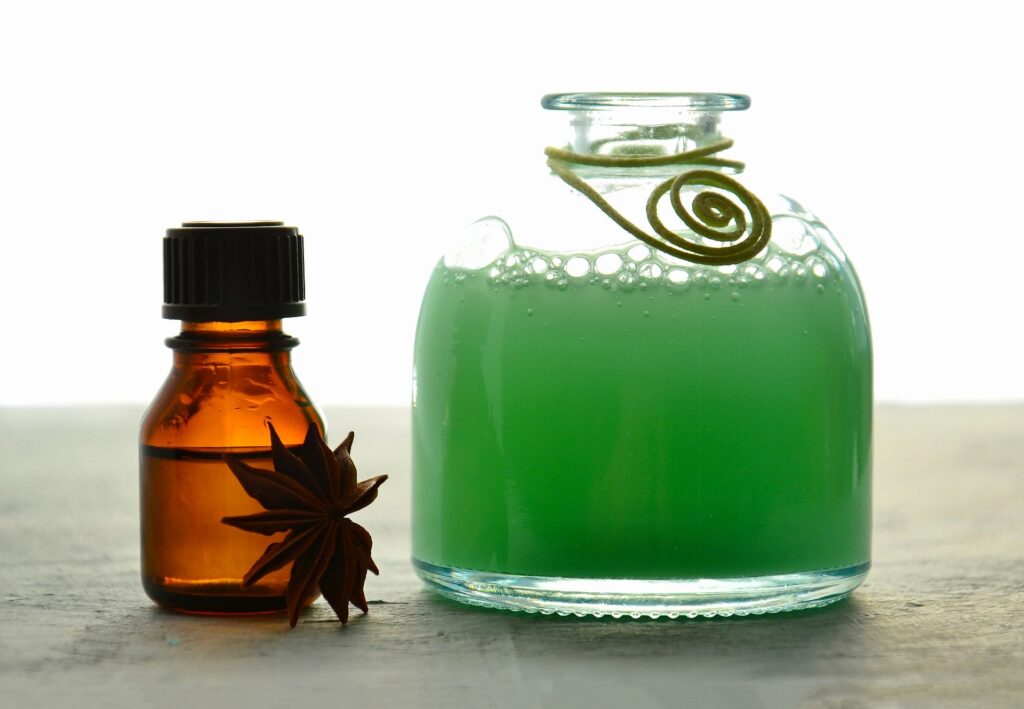
Is a natural ingredient something that has not been modified from its original state? Or something that has not been overly processed or processed with chemicals? Is it natural if it is considered “nature identical?” That is, a synthetic ingredient that has been produced in a lab, but has the identical chemical components of the original natural item? A product that contains no synthetic chemicals or preservatives? No synthetic chemical fragrances?
See, so many questions! And there is not one right or wrong answer.
For example, consider a product that contains strawberry juice. That strawberry juice may be “natural” but the strawberry plant it came from may have been sprayed with pesticides. Strawberries, if they’re not organically grown, are highly sprayed with chemicals, due to their pesky predators. Those chemicals can make their way into your body through your skin via skin care products.
So, merely having “natural” ingredients does not mean that it’s good for you, due to the quality of those ingredients. Marketers that are pro-chemical will tell us that any pesticides originally in an ingredient have long since been purified out of the final product.
Again, no regulation is in place to demand verification of that claim, either.
Another problem with beauty products in general, is that it’s nearly impossible to get results that we want with 100% natural ingredients. We want skin smoothers, plumpers, age-defying creams, elixirs, serums, brilliant colors that last a long time, shimmery shiny powders, product that stays in place no matter how much we sweat…the list goes on.
It’s a lot to ask for…
But back to natural cosmetics…still another issue is that natural ingredients need to be preserved in some manner, or they will spoil. Therefore, a product labeled as natural is not required by law to disclose preservatives on its label.
So, basically, the (USA and EU) regulatory agencies pretty much throw up their hands and say, “Ok, ya’ll just go at it!” – leaving a lot of wiggle room when it comes to defining natural cosmetics.
Are Vegan Beauty Products Healthy?
The main idea behind vegan beauty products is the same as what defines a vegan diet. Namely, no animal ingredients or by-products are used and no animal cruelty committed in the manufacturing of the product.
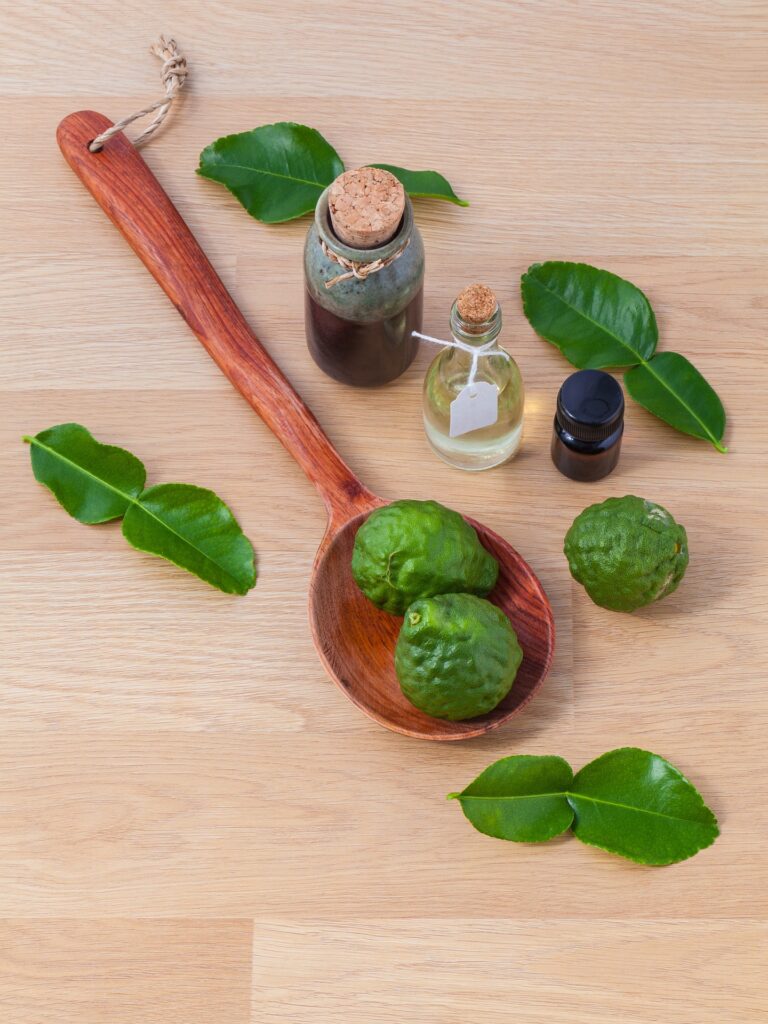
That said, it’s important to be aware that some vegan beauty products may contain synthetic ingredients that mimic animal products. This is because the main focus for vegans is avoiding animal products.
An example of this would be synthetic beeswax. That synthetic ingredient isn’t animal-derived, so it fits the vegan standard, but…it could be harmful to your health or skin.
It’s undrstandable, because when someone embraces a non-animal diet, the emphasis is on non-animal first, not necessarily on natural.
Which leads one to look further down that road to, perhaps, products labeled “Natural Vegan” or “Organic Vegan.” Look for companies that use a maximum amount of good quality ingredients that are organic and vegan.
It is important for you to read the labels and/or look into the philosophy of the company behind the products.
It’s also worth mentioning, again, that even natural plant-based ingredients, even vegan ingredients, might make your face break out. Or cause a skin reaction. Or clog your pores…just because it’s natural does not mean it is noncomedogenic or even hypo-allergenic or…even all good for you!
Vegan products primarily include natural ingredients. However, as with all cosmetic and skin care products, there are no regulating bodies for vegan products. There is no legal definition of “vegan,” so here, also, is a lot of wiggle room for product companies.

There are regulating bodies that certify for cruelty free, such as the PETA certification and the Leaping Bunny certification programs. So, you can look also for those stickers on package labels.
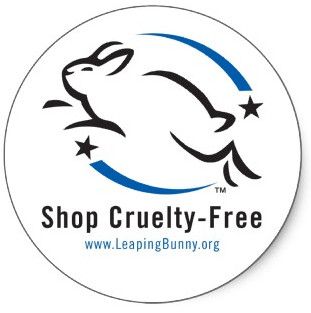
Is Organic Makeup Healthy?
With all the issues that come up when trying to define natural beauty products, you can just heap on more issues when you try to define organic. But before continuing, I’ll just say that there are some incredible organic cosmetics that are truly beautiful and work well. And the same can be said for organic skin care companies.
Unlike natural beauty products, those that claim to be organic do have to answer to regulatory agencies. The organic industry demands certain certifications before granting the right to display an organic certification label.

That means, again, that you have to read the labels to see what exactly is being guaranteed. A product ingredient can only be designated as organic if it has been grown organically…according to regulating agencies.
So, the important point here is:
Some ingredients will never qualify as organic, as they are not “grown.”
These items include water, minerals, salts, and clay.
So, if your product contains a majority of naturally mined clay? It cannot be certified organic because it was mined, not grown. That falls outside of the organic regulations. A product might indicate “clean” mining of clays and salts, but it’s not considered “organic.”
The different regulating agencies also vary in their requirements to gain the organic certification seal. The USDA, for example, allows organic certification of a product containing 95% organic ingredients. This means that a product with the USDA organic seal does not have to be 100% organic. (More below on that…)
Also, some excellent beauty products contain a variety of ingredients that are wild-crafted. Wild-crafted means an ingredient collected from wilderness areas that are unspoiled and not contaminated by farming or industry.
So, if a product contains over 5% wild-crafted ingredients, that product will never qualify as organic – even if those wild-crafted ingredients are pure and uncontaminated.
The concept of “earth friendly” or “recyclable” packaging is often included by those producing organic products, so throw that in for good measure!
In practice, world oversight of organics – that is, worldwide standardized fundamentals are not possible or even desirable.
After the last century of worldwide industry growth and trade in all commercial sectors, the takeaway is simple:
It is impossible to ensure that worldwide standards either suit everyone or can be guaranteed. The best approach would be to “go local.” That would bring together people in their own communities to decide on standards and locally agree to adhere to those standards.
At present, there are organizations around the world that regulate organics in their own regions. Dive into the world of organics and you will see that the standards vary and there is no single definition that the world agrees upon to date. The main two certifying bodies are:
1. USDA – United States Organic Certifying Association
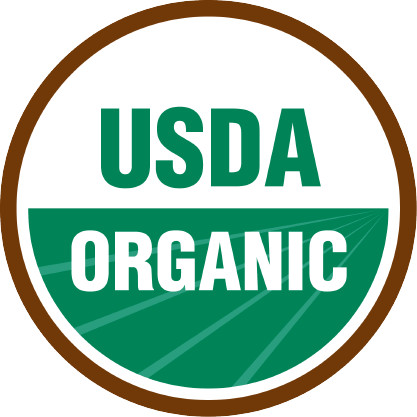
This agency has several certifications guaranteeing varying percentages of organic ingredients per product. As mentioned above, even foods labeled “organic” by the USDA allow a certain percentage of non-organically grown matter per item (up to 5%). That means that even the strictest certification level of organics by the USDA is not 100% organic; the certification means that the product complies 100% with the USDA’s standard for organic.
The USDA also has a certification that allows a product to say that it “contains organic ingredients” if it has at least 70% organically grown (approved by the USDA) ingredients.
There are also regional organic certification agencies within the USA that have their own certification processes and standards.
2. EcoCert – France

This governing body also includes the COSMOS certification, specifically for cosmetics regulation. With a 95% organic ingredient minimum for organic ingredients per product, these regulations are similar to the USDA’s with a few distinctions.
Regardless of the agency, it is a long, complicated and expensive process to get organic certification. This is yet another factor that adds to the higher cost of organic products.
You should be aware that there are many excellent natural products available that contain a majority of organic ingredients. But if the company that produces them is small, they may not be able to afford organic certification. However, those products are good for you and should not be overlooked.
All in all, it’s a very positive step that there are certification bodies for organic beauty products. There is still a way to go for these regulations to be all that they could be, but at least there is much more oversight with organic cosmetics than with regular cosmetics worldwide.
Are Clean Beauty Products Healthy?
Nowadays, some cosmetics companies are using the term “clean beauty products.” For some, it means avoiding toxic ingredients, but not necessarily focusing on whether or not all ingredients are natural. They believe that some synthetic ingredients are not harmful to the health and (rightly so) even some natural ingredients can be harmful.
The key word here that is often used regarding “clean beauty, is “bio-compatibility,” meaning that a particular substance is deemed “bio-compatible” because it does not cause injury or a toxic or immunologic response in living tissue (that’s us!).
So, in fact, the concept of clean beauty is more science based, in that it relies on scientific evidence to indicate whether any substance, natural or synthetic, is safe for human use.
The final point to mention is that in all product categories, there are companies who “green-wash” or “clean-wash” their advertising. That means that they over-inflate the percentage of natural, green, eco or organic ingredients in their product, for the sake of marketing.
It is even said that there is “clean-washing” or “green-washing” going on within the clean cosmetics sector.
As with any purchase, the concept of caveat emptor (let the buyer beware) puts the responsibility back on us to read, educate ourselves, and choose what we know to be best for our own health and the health of the earth.
Conclusion
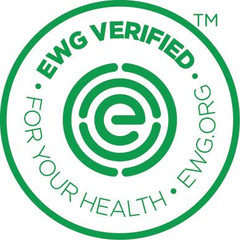
To get you started, you can also check out products that you are using on EWG’s (Environmental Working Group) website. They have a nifty product analyzer that tells you if a particular product is deemed safe according to their protocols.
Products that make the grade are given the EWG Verified seal of approval. So, by looking at the beauty products that you already use, you should be able to eliminate the baddies and keep the ones that are good for you. Then you can move on to adding new and healthier products to your skin care and makeup regimen.
Disclaimer: This post is for informational purposes only. Any material herein is the expressed opinion of the authors and is not a substitute for professional advice, diagnosis or treatment, nor has it been evaluated by any regulatory agency. All use of information herein is solely at the risk and discretion of the reader. Have a blog? This post is for sale. Contact us.